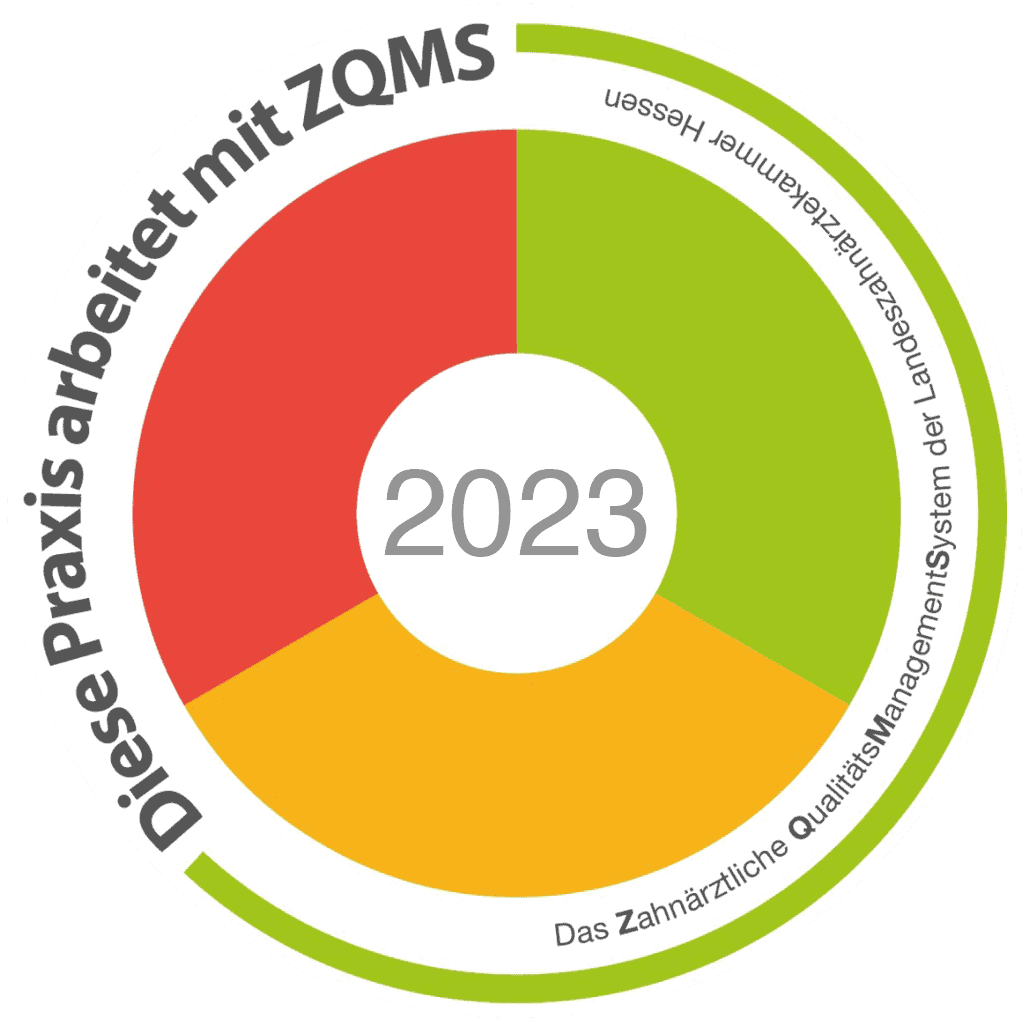NADPH is a necessary cofactor for the biosynthesis of fatty acids along with acetyl-CoA, generated by the metabolism of ethanol. Pyruvate carboxylase and malic enzyme mediate a cyclic metabolic pathway, which via the mitochondrial citrate and pyruvate transporters results in the transport of acetyl-CoA across the mitochondrial membrane and generation of cytosolic NADPH. An alternative metabolic pathway is the direct conversion of pyruvate into acetyl-CoA via the pyruvate dehydrogenase complex. This metabolic switch channels excess metabolic energy into the synthesis of fatty acids and contributes to the development of fatty liver syndrome during excessive alcohol consumption. Doctors and addiction treatment professionals utilize multiple testing instruments to garner an accurate diagnosis of your symptoms. Because there are no specific alcoholism genetic tests, blood tests, or brain imaging scans to guarantee an AUD, they must take advantage of other testing methods.
Supplementary Data 2
The AUDIT-C yielded some GWS findings that did not overlap with those for AUD, which reflects genetic independence of the traits. This broadens our previous observations using SNPs in ADH1B, in which we validated the AUDIT-C score as an alcohol-related phenotype33. In that study, after accounting for the effects of AUDIT-C score, AUD diagnoses accounted for unique variance in the frequency of ADH1B minor alleles.
- To conduct PheWAS, we extracted ICD-9 data from the EHR for 353,323 genotyped veterans.
- They may increase the overall risk by increasing drinking, orreduce risk by reducing drinking.
- Because there are no specific alcoholism genetic tests, blood tests, or brain imaging scans to guarantee an AUD, they must take advantage of other testing methods.
- We calculated the age-adjusted mean AUDIT-C value24 for each participant using age 50 as the reference point and down-weighting scores for individuals younger than 50 and up-weighting scores for individuals older than 50.
- We also conducted PheWAS in Yale–Penn, a deeply phenotyped cohort with comprehensive psychiatric assessments (SUDs and psychiatric disorders) and assessments for physical and psychosocial traits28.
Our Alcohol Addiction Treatment Centers
Kcnj9 encodes GIRK3, a subunit member of a family of G-protein-dependent inwardly rectifying K+ channels that mediate postsynaptic inhibitory effects of Gi/o-coupled receptors 75. Kcnj9-null mutant mice show reduced withdrawal from pentobarbital, zolpidem and ethanol 76. Some researchers have hypothesized that there may be large panels of rare functional variants, each of large effect, that predict risk for alcoholism with different variants occurring in different people. It is becoming increasingly easy, and the costs are rapidly decreasing, to detect rare variants using next-generation sequencing. Sequencing is rapidly becoming the key tool for characterization of the genetic basis of human diseases 84. Clearly very large sample sizes are required to detect large panels of rare variants and there are significant bioinformatic requirements to deal with vast quantities of data.
Linking risk genes to brain chromatin interaction
The lineage of each of its 302 neurons and their chemical synapses has been characterized. Nematodes have a short (approximately 3 days) reproductive cycle, enabling large-scale mutagenesis screens within a relatively short time, and they can be cryopreserved. Deciding to seek help, whether by finding therapy near you or starting online therapy, is a brave and essential step toward breaking the cycle of addiction. Clarity Clinic offers the best substance abuse and addiction therapists in Chicago and Illinois to help you get the expert mental health care you need. Surrounding yourself with the right people can help you break the cycle of addiction. These days there is a whole community of individuals who are interested in living healthier lifestyles and have joined the sober curiosity movement.
Genetic correlations
Similarly, dLmo/Beadex, which encodes a transcriptional regulator, contributes to behavioral responses to ethanol alcoholism and genetics 91. The mouse ortholog gene encoding LIM domain only 3 (Lmo3) also affects alcohol sensitivity; reduced Lmo3 expression correlates with increased sedation time and reduces voluntary consumption of ethanol 91. In addition to the behavioral similarities between invertebrate and mammalian models, invertebrates use similar neurotransmitter systems, neuropeptides, synaptic proteins, channels and signaling processes to mediate ethanol-induced behaviors 46. In vertebrates, neuropeptide Y (NPY) signaling plays a role in alcohol intake and dependence 61, 62.
Diagnostic And Statistical Manual For Mental Disorders, 5th Edition (DSM- Criteria
- Accounting for more of the heritability of a complex trait depends on the genetic architectures of the trait and the power of the study samples.
- However, one risk of this approach is to potentially increase phenotypic heterogeneity.
- The genes with the clearest contribution to the risk for alcoholism andalcohol consumption are alcohol dehydrogenase 1B (ADH1B) andaldehyde dehydrogenase 2 (ALDH2; mitochondrial aldehydedehydrogenase), two genes central to the metabolism of alcohol (Figure 1)20.
- Dr. Frances Lee — a hepatologist (liver doctor) who specializes in alcohol-related liver disease at Mount Sinai Health Systems in New York City — is not affiliated with any of the lab companies, but commented to Fox News Digital about these testing kits.
- In total, 80,028, 36,330, 10,150, 701 and 107 cases were included in EUR, AFR, LA, EAS and SAS, respectively, and 368,113, 79,100, 28,812, 6,254 and 389 controls were included in EUR, AFR, LA, EAS and SAS, respectively.
- As in EUR, AUD in AFR was genetically correlated with substance use traits including OUD, smoking trajectory (that identifies groups of individuals that follow a similar progression of smoking behavior), and maximum habitual alcohol intake.
Finally, the diagnostic criteria for the alcoholism phenotype (now called alcohol use disorder (AUD)) have just been radically revised in the Diagnostic and Statistical Manual of Mental Disorders, Fifth Edition (DSM-5) 3. The aim of this review is to highlight some recent studies in human research that are of particular interest and not to provide exhaustive coverage of the literature. With the advent of microarrays that can measure hundreds of thousands tomillions of single nucleotide polymorphisms (SNPs) across the genome,genome-wide association studies (GWAS) have provided a relatively unbiased wayto identify specific genes that contribute to a phenotype. To date, GWAS havefocused on common variants, with allele frequencies of 5% or higher.Most GWAS are case-control studies or studies of quantitative traits inunrelated subjects, but family-based GWAS provide another approach. GWAS arebeginning to yield robust findings, although the experience in many diseases isthat very large numbers of subjects will be needed. To date, individual GWASstudies on alcohol dependence and related phenotypes have been relatively modestin size, and most do not reach genome-wide significance.
STRATEGIES FOR IDENTIFYING GENETIC ASSOCIATIONS WITH ALCOHOLISM
The drawback to this approach isthat linkage studies find broad regions of the genome, often containing manyhundreds of genes. In many cases, the initial linkage studies were followed by moredetailed genetic analyses employing single nucleotide polymorphisms (SNPs) that weregenotyped at high density across the linked regions. https://ecosoberhouse.com/ Some of the genes identifiedthrough this approach have been replicated across a number of studies and appear tobe robust genetic findings. The three-item AUDIT-C measures the frequency and quantity of usual drinking and the frequency of binge drinking, while the 7-item AUDIT-P measures alcohol-related problems. In summary, GWASs have been limited by difficulties in quantifying alcohol-related phenotypes and in obtaining large sample sizes, together with co-morbidity of alcoholism with other behavioral and neuropsychiatric disorders, gender effects and population admixture.
- Thedifficulties of genetic studies are compounded by environmental heterogeneity inaccess to alcohol and social norms related to drinking.
- Participants with at least one inpatient or two outpatient ICD-9/10 codes for AUD were assigned as AUD cases, while participants with zero ICD codes for AUD were controls.
- NIAAA’s “Core Resource,” although intended for health care professionals, has helpful information for the public as well.
- Living with a parent or close relative who has alcohol use disorder can create emotional stress and trauma, which may contribute to future alcohol use.
- To date, individual GWASstudies on alcohol dependence and related phenotypes have been relatively modestin size, and most do not reach genome-wide significance.
Supplementary information
While people may experience recovery dreams at any point in sobriety, they are common in early recovery due to the brain processing new information and past cues and triggers. If you or someone you know is experiencing symptoms of alcohol abuse disorder, it is important to amphetamine addiction treatment seek professional help. There are various treatment options available for people struggling with alcoholism. Treatment can be tailored to meet the needs of each individual based on the severity of their condition and personal circumstances.
The fear of relapse is common in recovery; sometimes, dreams process this anxiety. They might also serve as exposure therapy to a simulation of what a relapse might be like, helping enforce someone’s commitment to avoid it. While recovery dreams play out relapses, they are not necessarily indicative that someone will drink or break their sobriety. During your dreams, the brain also processes memories, which explains why the association with drinking in the dream might feel so realistic.
Whole exome sequencing analysis identifies genes for alcohol consumption
The increase in REM sleep can lead to new processing, signifying the brain’s effort to contextualize past alcohol experiences with a new image of recovery. Another activity during REM sleep is the increase of the feel-good chemical dopamine, which could lead to a dream that feels surreal or like you are intoxicated. In recovery, many people may find that their relationship to sleep changes, and they sleep much more.









